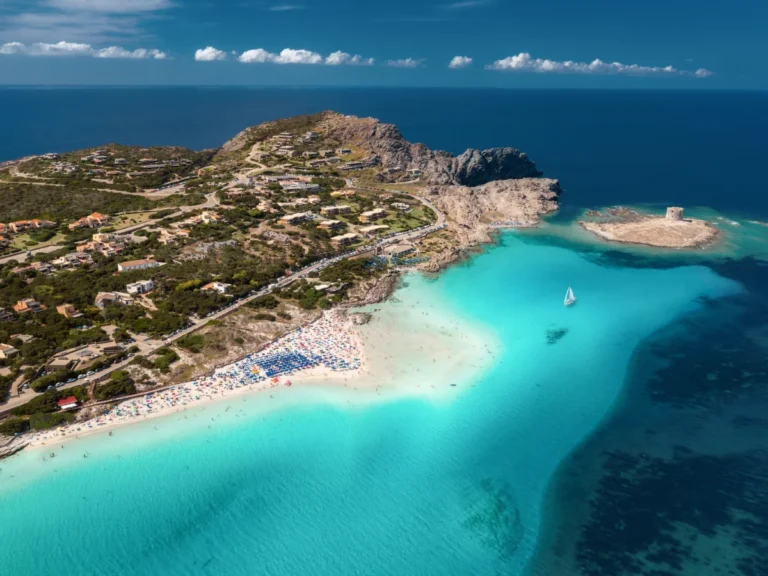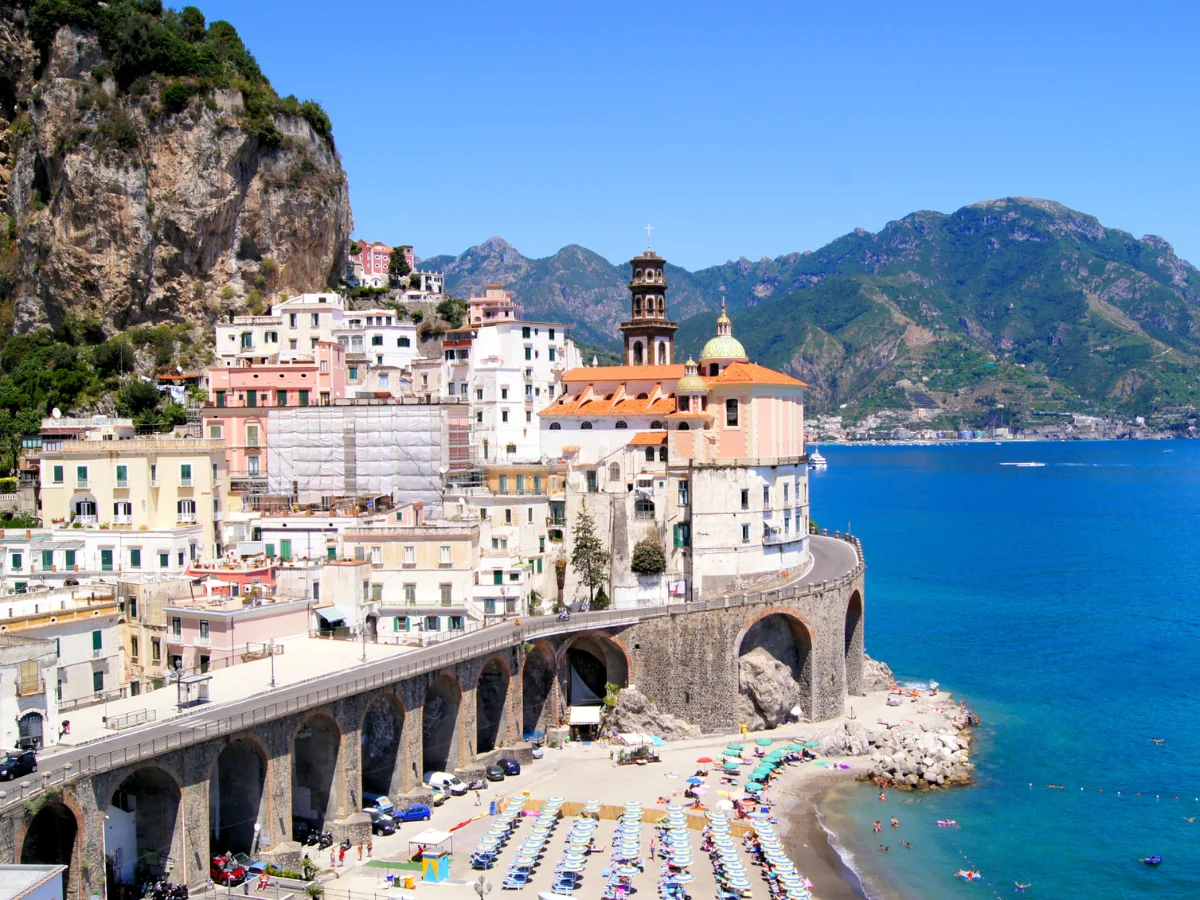Emperor Hadrian prioritized defense and cultural enrichment
Emperor Hadrian prioritized defense and cultural enrichment. He built Hadrian’s Wall, symbolizing Roman unity. Hadrian’s love for Greek culture led to architectural marvels like the Pantheon. His legal reforms enhanced governance efficiency. Despite personal tragedies, Hadrian’s legacy endures. His successor, Antoninus Pius, inherited a stable empire. Hadrian’s reign epitomizes a blend of military strategy and cultural patronage. His architectural achievements continue to inspire awe. Hadrian’s commitment to unity and stability left an indelible mark on Roman history, shaping its trajectory for centuries to come.

Ancient Rome: Emperor Hadrian prioritized defense and cultural enrichment
Emperor Hadrian, born Publius Aelius Hadrianus, ascended to the throne in 117 AD, marking the beginning of one of the most significant eras in Roman history. Hadrian’s reign, spanning from 117 to 138 AD, is often remembered as a period of consolidation, cultural flourishing, and architectural innovation.
Early Life and Rise to Power
Hadrian was born into an aristocratic family in Italica, Hispania, in 76 AD. His family’s connections to the Roman elite paved the way for his political career. Hadrian’s rise to power was swift, thanks to his mentor, Trajan, who adopted him as his heir shortly before his death. This move secured Hadrian’s place as the next emperor of Rome.
Military Campaigns and Expansion
Upon assuming the throne, Hadrian faced the task of consolidating Rome’s vast empire. Unlike his predecessor, Trajan, who expanded the empire through conquest, Hadrian focused on fortifying existing borders. He initiated a policy of defensive imperialism, strengthening frontier defenses and fortifications to secure Roman territories from external threats.
Cultural Patronage and Intellectual Pursuits
Hadrian’s rule was not only marked by military achievements but also by a flourishing of arts and culture. He was an avid patron of the arts and sponsored numerous building projects across the empire. Under his reign, Rome experienced a cultural renaissance, with advancements in literature, philosophy, and architecture.
The Hadrianic Renaissance
The period of Hadrian’s rule is often referred to as the “Hadrianic Renaissance” due to the prolific cultural and intellectual developments that took place. It was a time of great artistic innovation, with architects, sculptors, and writers producing some of the most enduring works of the Roman era.
Architectural Legacy
Hadrian’s most enduring legacy lies in his architectural projects. He embarked on an ambitious building campaign, commissioning iconic structures such as the Pantheon and Hadrian’s Wall. His architectural style combined elements of Greek and Roman design, resulting in grand edifices that reflected the majesty of the empire.
Hadrian’s Wall
One of Hadrian’s most renowned architectural achievements is Hadrian’s Wall, a defensive fortification built across northern Britain. The wall served as a barrier to protect Roman Britain from invasions by northern people. Today, Hadrian’s Wall stands as a testament to Roman engineering prowess and strategic foresight.
The Pantheon
Another architectural masterpiece commissioned by Hadrian is the Pantheon in Rome. This iconic temple, dedicated to all the gods of ancient Rome, is renowned for its massive dome and intricate design. The Pantheon stands as a symbol of Roman engineering excellence and continues to inspire awe and admiration to this day.
Hadrian’s Legacy and Influence
Hadrian’s reign marked the zenith of Roman power and influence. His policies laid the foundation for the stability and prosperity of the empire, ushering in a period of relative peace and prosperity known as the Pax Romana. His architectural legacy continues to shape the urban landscape of Rome and serves as a reminder of Rome’s enduring legacy.
Conclusion
Emperor Hadrian’s reign represents a golden age in Roman history, characterized by military prowess, cultural flourishing, and architectural innovation. His legacy as a statesman, patron of the arts, and visionary architect endures to this day, ensuring that his contributions to the Roman Empire will be remembered for generations to come.



